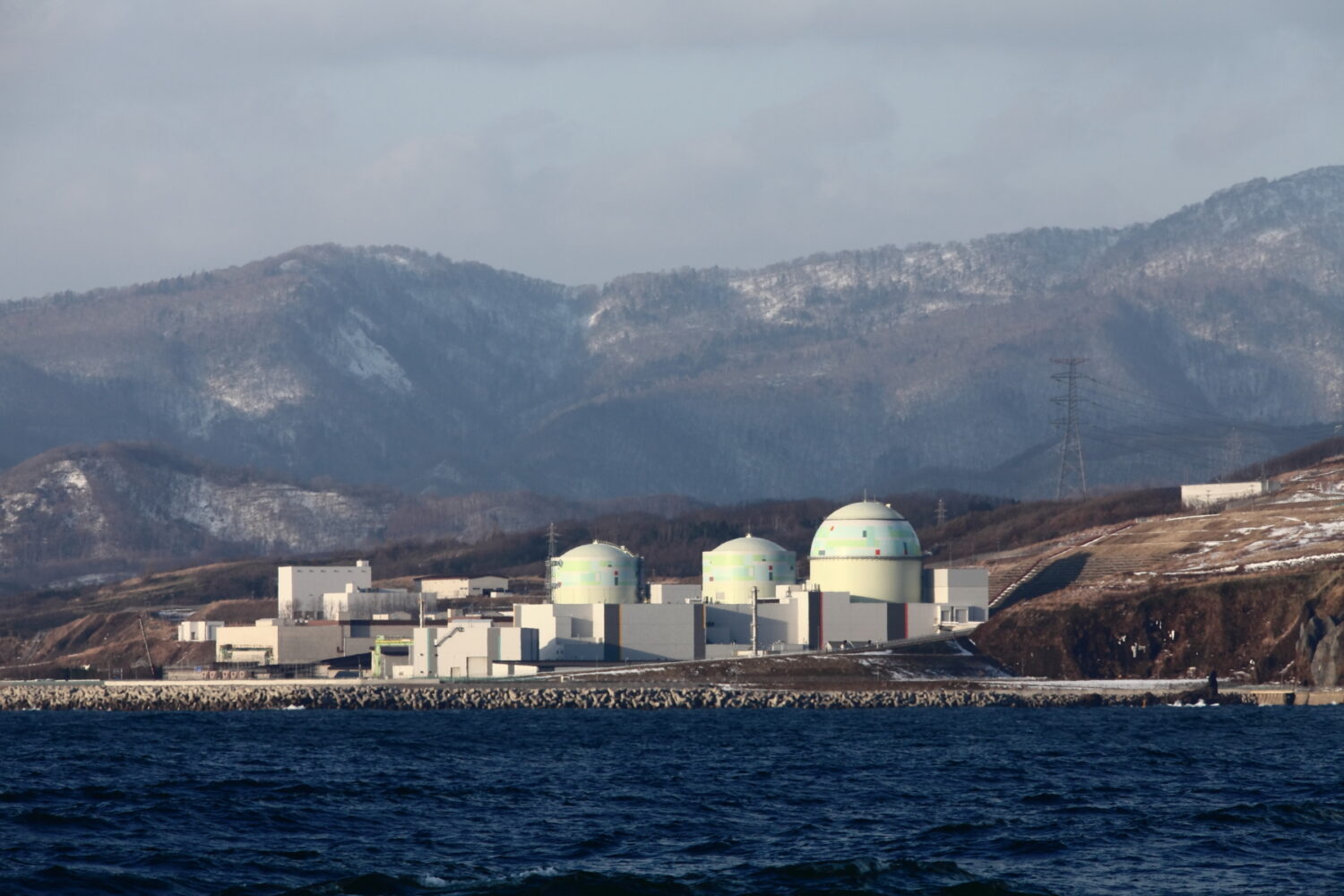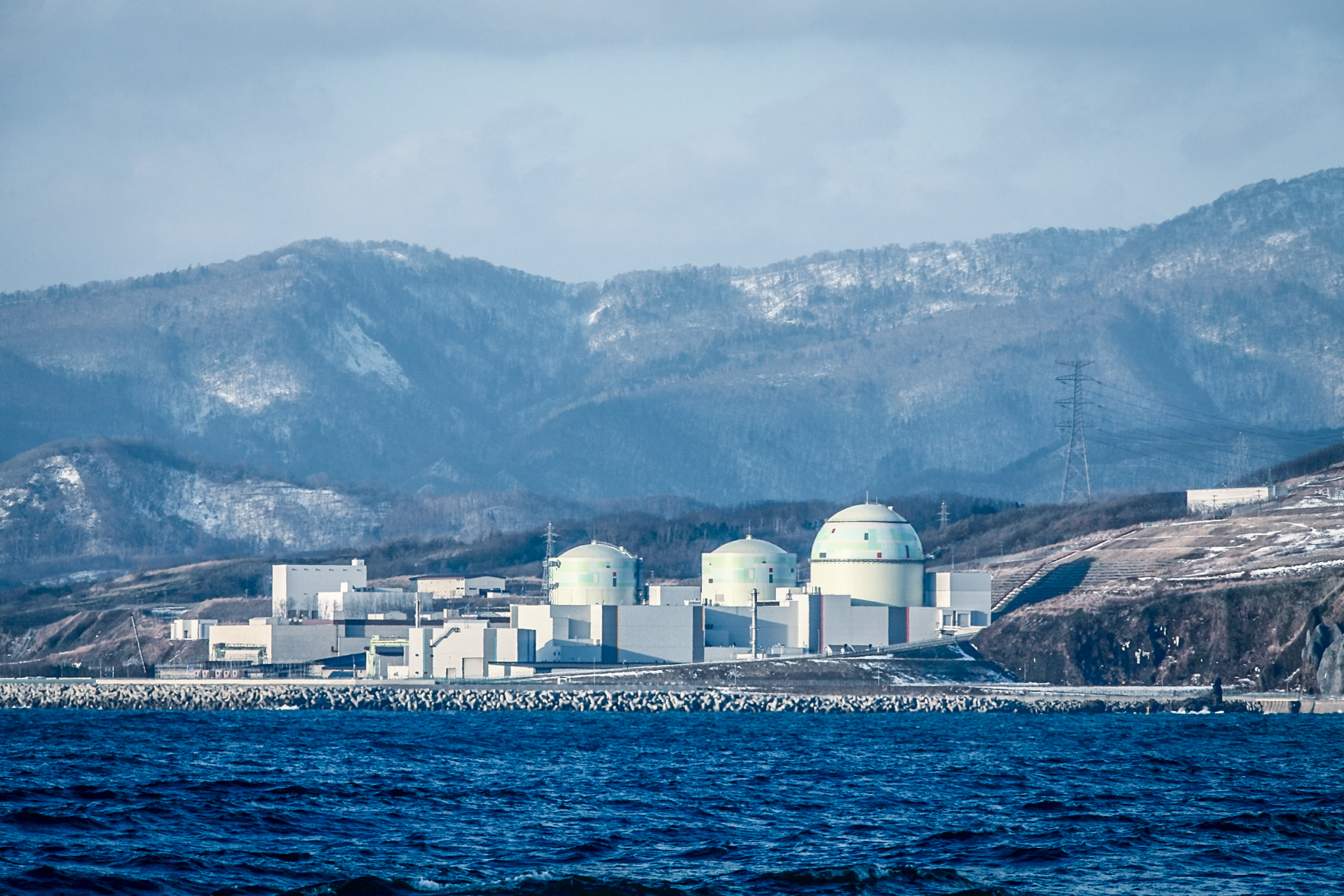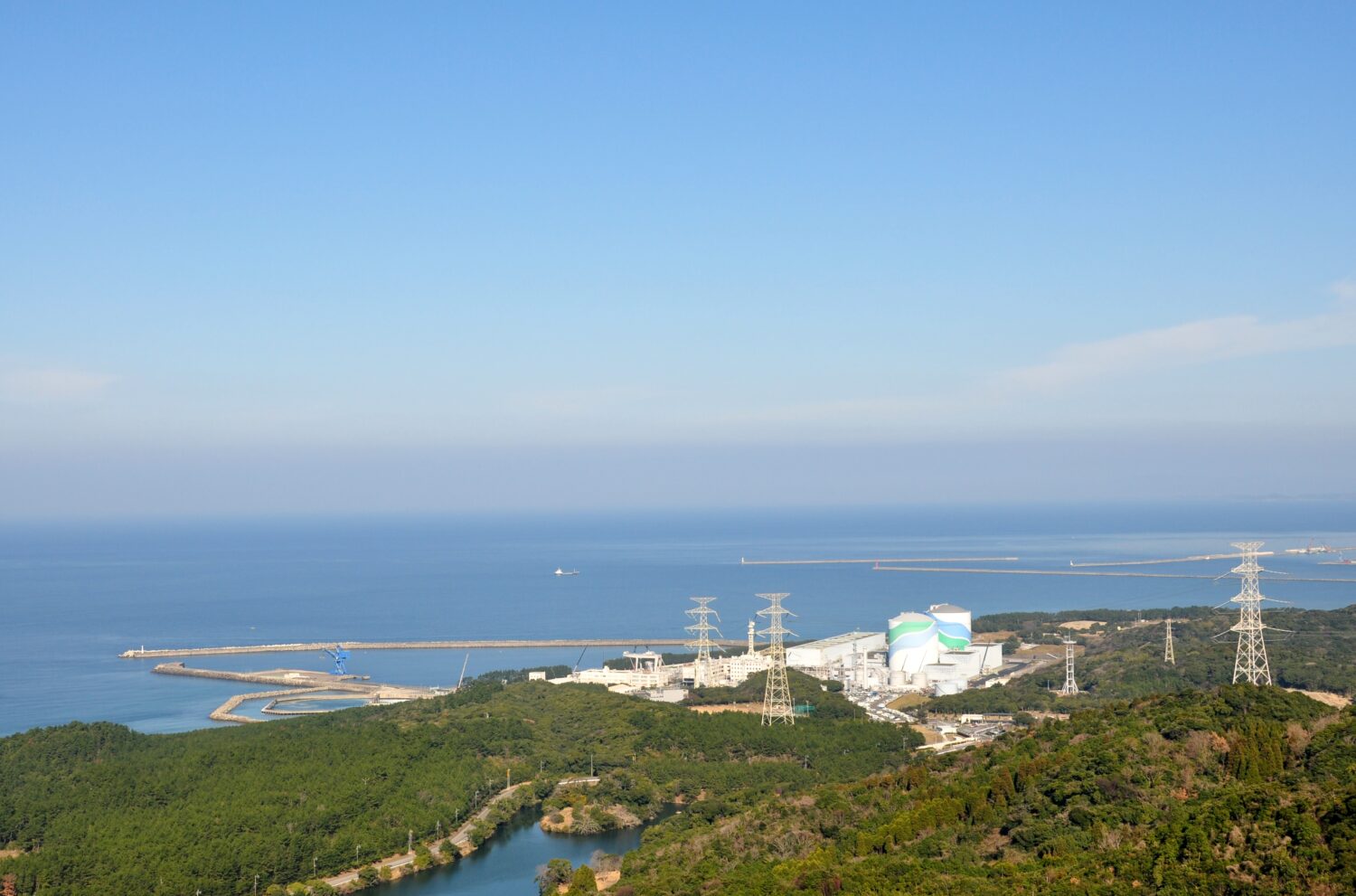The report will be finalized after it is referred to the Japan Atomic Energy Commission (JAEC) and the Ministry of Economy, Trade and Industry (METI), and made open to the public for comments.
At the center, spent fuel generated at reactors of the Tokyo Electric Power Co. (TEPCO) and the Japan Atomic Power Company (JAPC) will be safely stored and managed in specially made steel containers (metal casks) until it is transported to the reprocessing facility at Rokkasho, in Aomori.
TEPCO and JAPC originally formed the Recyclable-Fuel Storage Company (RFS) in Mutsu City, Aomori Prefecture, and RFS started construction of the Recyclable-Fuel Storage Center in 2010. Three years later, in 2013, the fuel storage building—able to store 3,000 tons (a maximum of 288 metal casks)—was completed. The following year, in January 2014, an application was filed for a safety examination under the new regulatory standards. The issuance of the draft review report thus comes six and a half years after the initial request for an examination.
In the examination, the operator assumed, as external events, standard ground motion with an epicenter at the 15.4-km long active “Yokohama Fault,” and a major tsunami reaching a height of 23 meters near the facility, substantially higher than the 11.5-meter-high tsunami assumed by Aomori Prefecture. It then made its assessments, based on which the NRA confirmed the appropriateness of its design policies.
It also said that the four safety functions of the metal casks—namely, the prevention of criticality, shielding, containment and heat removal—were all assured and compatible with the standards.
At a press conference after the meeting, NRA Chairman Toyoshi Fuketa commented that getting to the stage of the report had taken “quite a long time.” He then expressed concern that once the center actually starts operations, the metal casks would have already been used, in due course, for the expected number of years, and that the site for the ultimate delivery destination of their contents had not been determined yet. Lastly, he emphasized the need to grasp general back-end measures from a long-term viewpoint.
At other fuel cycle facilities, Japan Nuclear Fuel Ltd. (JNFL), via a series of compatibility examinations based on the new regulatory standards, was granted permission on July 29 under the Law for the Regulation of Nuclear Source Material, Nuclear Fuel Material and Reactors (the Reactor Regulation Law) to change the installation at its Rokkasho Reprocessing Facility, and received similar permission on August 26 for changes at its high-level radioactive waste management facility.
Regarding the examination of JNFL’s MOX Fuel Plant (JMOX), NRA Chairman Fuketa said that there were no major points of contention, implying that the stage of a draft review report would be reached soon.


-013.jpg)

-049.jpg)
.jpg)






